Degerfors (Swedish pronunciation: [ˈdêːɡɛrˌfɔʂ] ) is a locality and the seat of Degerfors Municipality, Örebro County, Sweden, with 7,160 inhabitants in 2010. Degerfors is the sixth-largest city in Örebro County. It is located at the southern shore of lake Möckeln, 13 km (8 mi) south of neighboring Karlskoga.
Degerfors evolved around the ironworks, that is nowadays owned by the Finnish conglomerate Outokumpu Oyj. It is also home to the football club Degerfors IF, which is playing in the highest tier, Allsvenskan.
[en]![Digitalt Museum[sv]](https://dms-cf-01.dimu.org/image/022wZVoxnqhj?dimension=250x250)


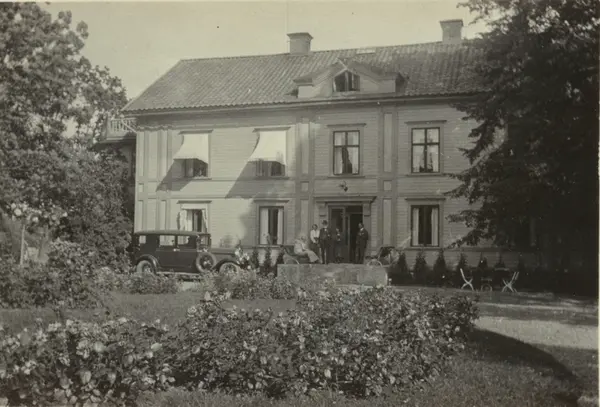
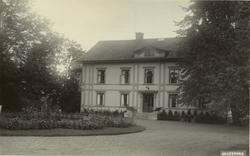
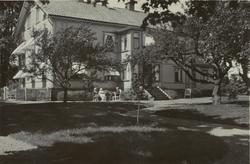

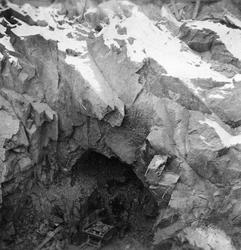
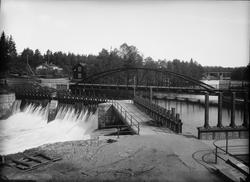
 I arbeid...
I arbeid...